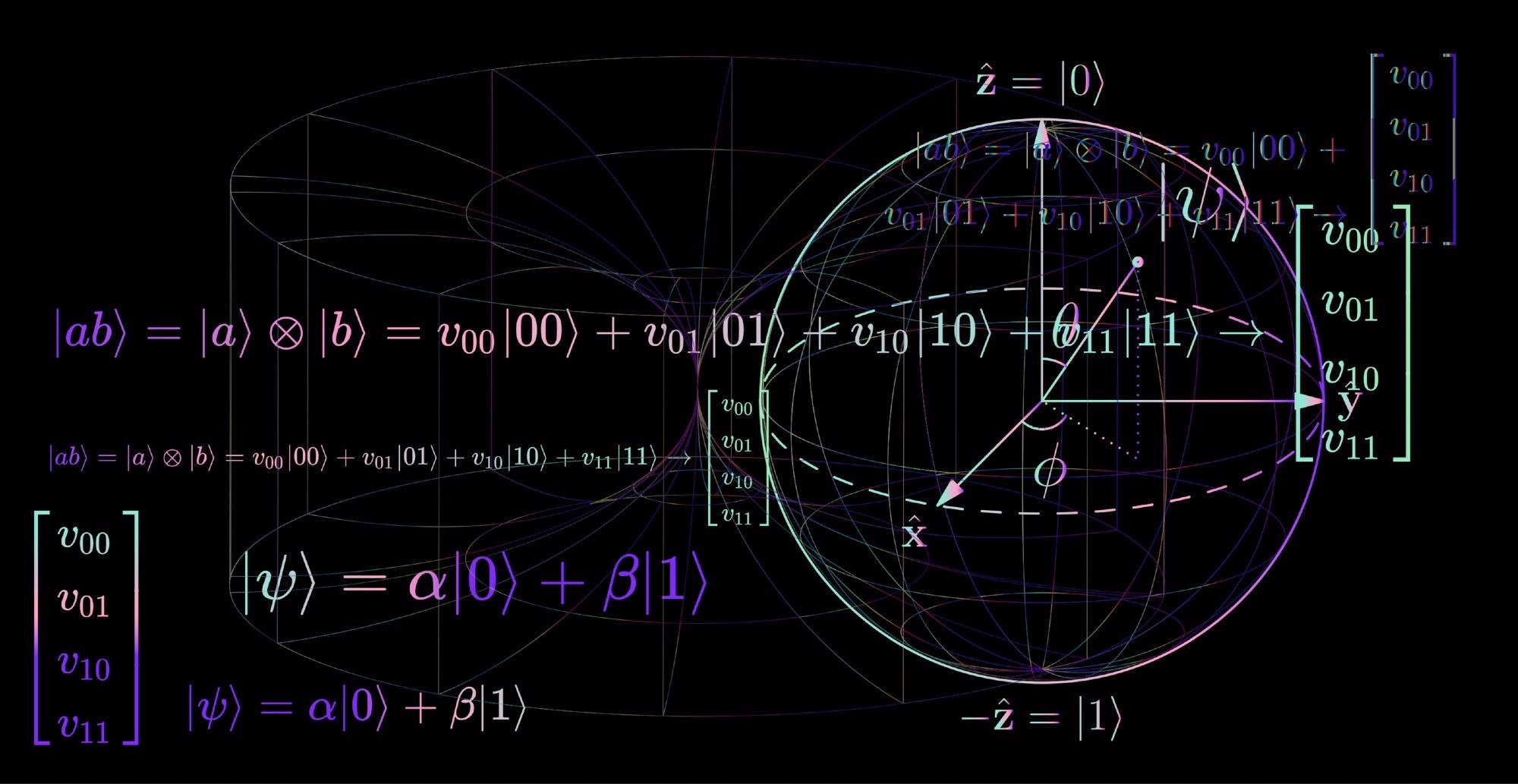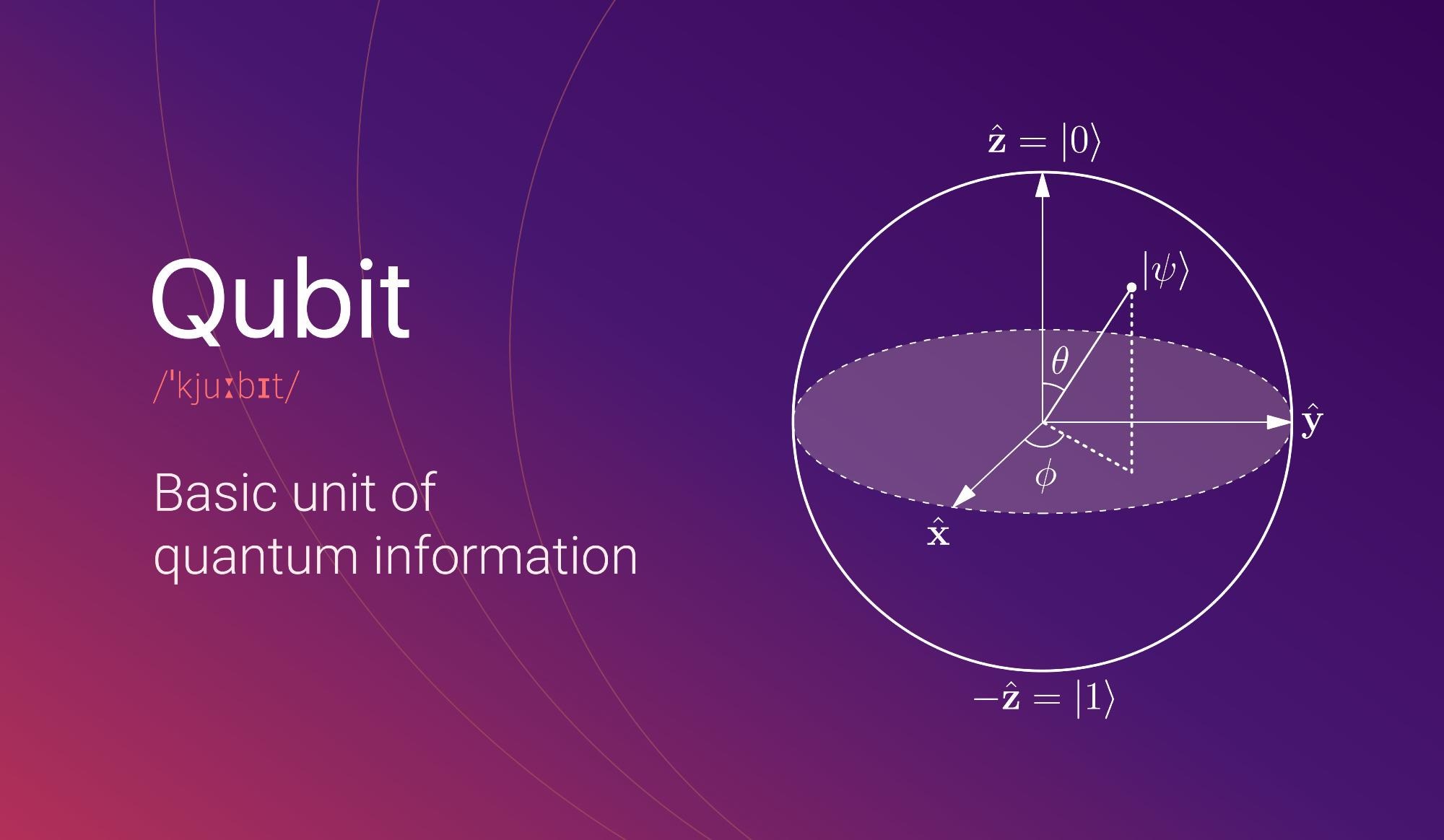Computing hovers on the brink of a quantum revolution, but if quantum computers are ever to be fully realized, researchers must make them more reliable and more robust.

Image Credit: local_doctor/Shutterstock.com
Researchers have developed new techniques for controlling trapped-ion quantum bits or qubits — the fundamental building blocks of quantum computing—without the use of lasers. The development could make quantum computing more economical, more practical, and more accurate.
These advances could, therefore, signal a potentially significant step toward making such quantum computing a more stable and therefore useful technology.
The techniques are detailed in a new paper published in the journal Nature.
Qubits in Metaphor
Qubits are to quantum computing what bits are to standard computing. While a bit can be considered a switch that can take a 1 or 0 value, a qubit can take not just opposing states, but also a superposition of states.
A superposition of states is the idea that a quantum system can occupy two or more different states at the same time, even if these states are contradictory.
The most famous example of superposition is the idea of Schrodinger’s cat. The thought example describes a cat placed in a sealed box with a diabolical poison device. The poison is released by particle decay — a quantum process that is completely random.
Treating the box as a quantum system, the cat exists in a superposition of states. Namely, it is both dead and alive at the same time. When the researcher opens the box a phenomenon called “decoherence” occurs and the cat’s state — dead or alive—is revealed.
Several different physical implementations of superpositions in qubits are possible. A qubit could involve the polarization of a photon, two energy levels of an ion, the nuclear spin states of an atom, or the spin states of an electron.
While there is no denying the impressive computing power delivered by quantum technology, these computers still make too many computation errors to be effective tools. Additionally, quantum systems are incredibly vulnerable to temperature function and interference by other systems and even magnetic fields.
The authors of a paper in Nature suggest that the problem with quantum computers is that their logic gates — the tools used to perform basic logic functions in computing — fail too frequently.
As quantum computers fail 1 percent of the time, one of the current goals for researchers is to get a quantum computer to 10,000 operations without errors. They then hope to introduce layers of checks to correct the errors as they are happening.
Quantum Computers Without the Lasers
Currently, the most robust way of generating qubits is by trapping them in atomic ions. Physicists can apply forces to the ions with different methods, including lasers, and control qubits in this way. The problem with this approach is that lasers are expensive and complex machines.

Image Credit: Astibuag/Shutterstock.com
There is a cheaper and more practical way to create qubits, however. This involves making logic gates using magnetic forces generated directly with integrated circuits.
The team developed a scheme based on radiofrequency magnetic field gradients combined with microwave magnetic fields that protect the quantum system against multiple sources of decoherence — the collapsing of superposition. The method they developed is usable with essentially any trapped ion species.
The system developed by the team involves using the spin states of negatively charged electrons, or their positively charged analogs, positrons.
The scheme the authors propose has the potential to perform simultaneous entangling operations on multiple pairs of ions in a large-scale trapped-ion quantum processor without increasing control signal power or complexity.
The researchers suggest that while the system they developed is “laser-free” it could actually have laser systems integrated into it to increase its potential.
They posit combining their technology with low-power laser light delivered via trap-integrated photonics and trap-integrated photon detectors for qubit readout, adding that this could provide an opportunity for scalable, high-fidelity, fully chip-integrated trapped-ion quantum computing.
This isn’t the first time laser-free quantum computing has been suggested, but previous models have lagged the best reported laser-based approaches in terms of performance.
The team says that the technique they developed is as successful as any previous attempt to generate logic gates.
While Google, IBM, and an array of other commercial enterprises have armies of engineers working on such problems, academic physicists like the authors of this paper are attempting to demonstrate that there are better, basic techniques that could solve them.
If physicists and engineers can make quantum computers reliable and able to operate with large enough capacity, they could simulate other systems. For example, a quantum computer could simulate the action of a molecule used in drug therapy without having to synthesize it in a lab.
Perhaps suitably, however, one of the most useful roles of a quantum computer would be to simulate a quantum system made up of a vast computer of particles, something beyond the power of conventional computing.
References and Further Reading
Srinivas, R., Burd, S.C., Knaack, H.M., et al. (2021), ‘High-fidelity laser-free universal control of trapped ion qubits.’ Nature, https://doi.org/10.1038/s41586-021-03809-4
Disclaimer: The views expressed here are those of the author expressed in their private capacity and do not necessarily represent the views of AZoM.com Limited T/A AZoNetwork the owner and operator of this website. This disclaimer forms part of the Terms and conditions of use of this website.